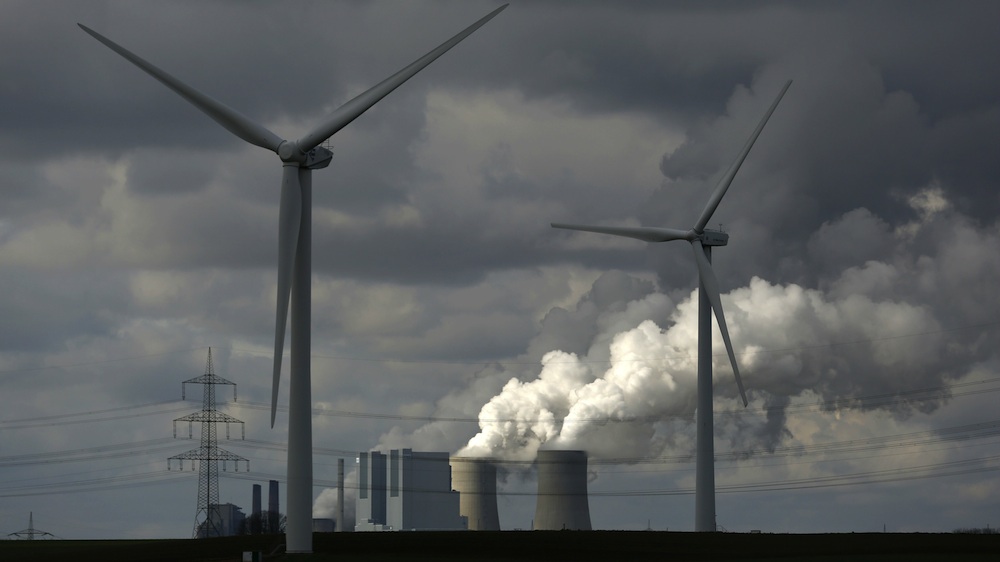What a difference a year makes: Germany’s transition to renewable energy showed positive forward momentum, with increasing energy production from renewables, increased exports, decreased carbon emissions, and decreasing consumer prices. The next challenge is to improve efficiency.
2014 saw the Energiewende, Germany’s renewable energy transition, clear a few formidable hurdles and post some encouraging gains. But there were setbacks, too.
First there were the production numbers, which should increase from year to year as renewable capacity expands – and if the weather plays along, which it did. For the first time ever, renewables led power production in Germany, outpacing nuclear, black coal, and lignite (but not lignite and black coal combined). Renewables generated 27.3 percent of Germany’s electricity, up from 25 percent last year. Moreover, energy consumption dropped by 3.8 percent while the economy grew by 1.4 percent, which the Berlin think tank Agora Energiewende said is a sign that investments in energy-saving devices and equipment are paying off.
Very big – and welcome – news is that coal-generated power decreased, as did carbon emissions. Over the past two years more coal was used than 2011 levels and GHG emissions crept up. This was enormously damaging to the reputation of the Energiewende, both in Germany and abroad. Critics carped: what’s the use of it if emissions go up?
Moreover, in 2014 the wholesale price for power dropped to a record low of €33 per megawatt hour from €38 in 2013, which enabled Germany to export more power than ever before. As for consumers, they benefited too as prices fell slightly for private buyers.
2014 also saw the much-heralded reform of the EEG, Germany’s renewable energy law. As expected, the Merkel government cut back the feed-in tariff for solar PV and onshore wind, which will slow expansion. It also introduced auctioning as a mechanism to finance renewable generation. This is good news for big producers, like the utilities that can play ball at this level. But it’s not welcome news for Germany’s smaller producers, who to date have been the backbone of the Energiewende. Most of them are simply too small to compete for tenders of this size.
The year ended with an unexpected Christmas present: Germany finally got behind energy efficiency and ratcheted up the pressure on utilities to cut emissions more dramatically, which translates into less coal-fired production. The new program will slash carbon emissions by between 62 million and 78 million tons by 2020. A reduction of 25 to 30 million tons will come by way of energy efficiency. There will be tax incentives for the renovation of existing buildings’ heating and hot water systems as well as 40 billion euros from public and private schemes. In total, this means an additional 70 to 80 billion euros in investment in efficiency between now and 2020. Moreover, the Merkel government finally got tough with the electricity sector, signaling it has to cut back an additional 22 million tons of carbon emissions by capping coal-fired power generation.
These measures were vigorously applauded by the greater Energiewende community, which had come to doubt the Merkel administration’s commitment to the project.







